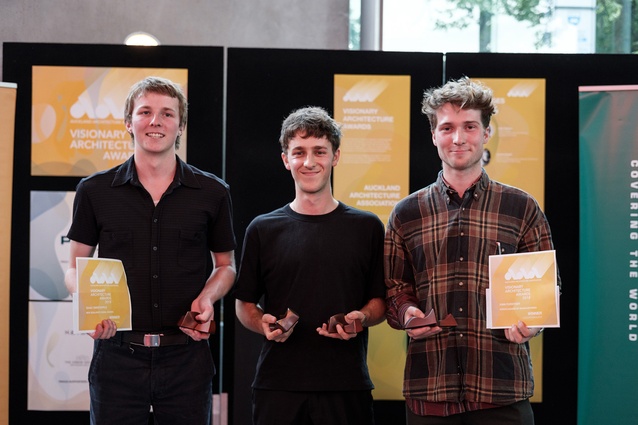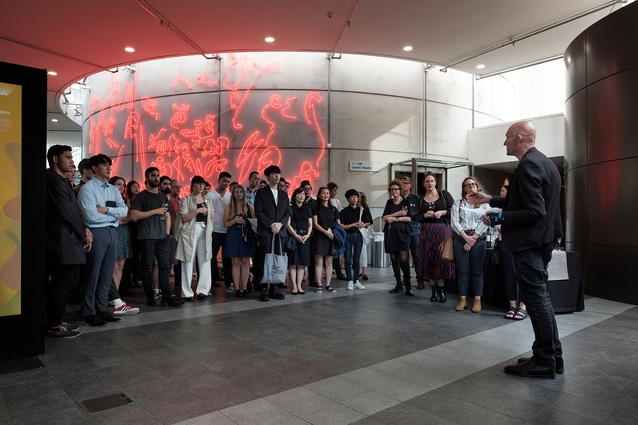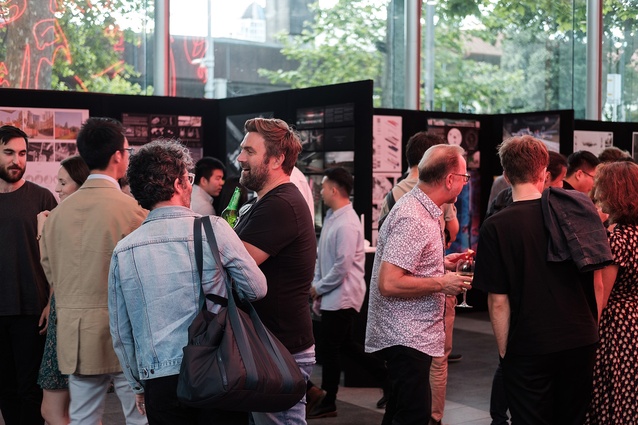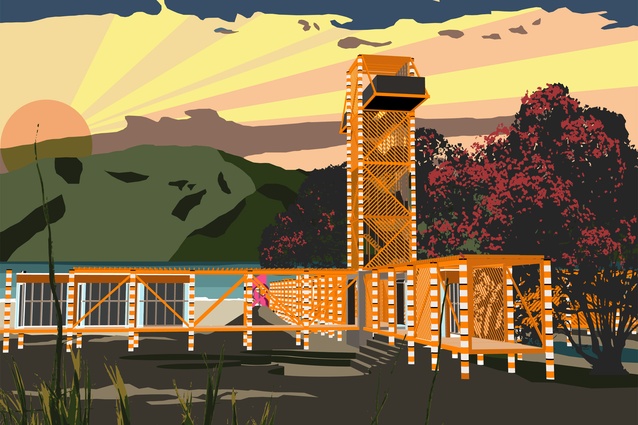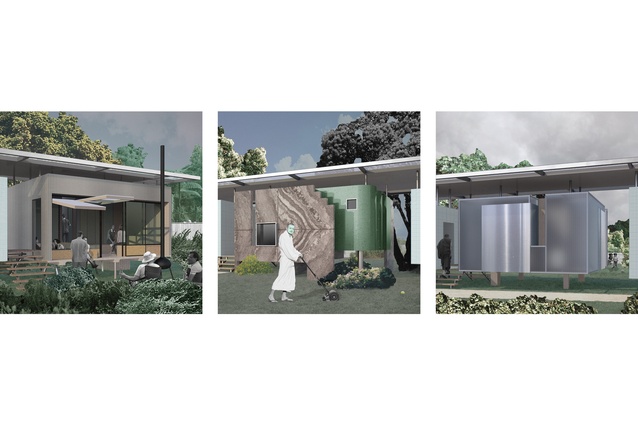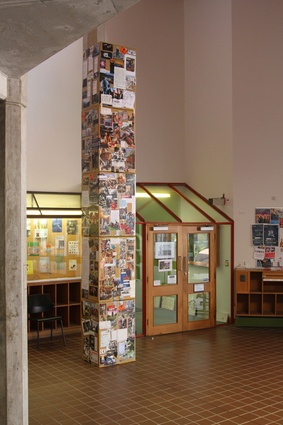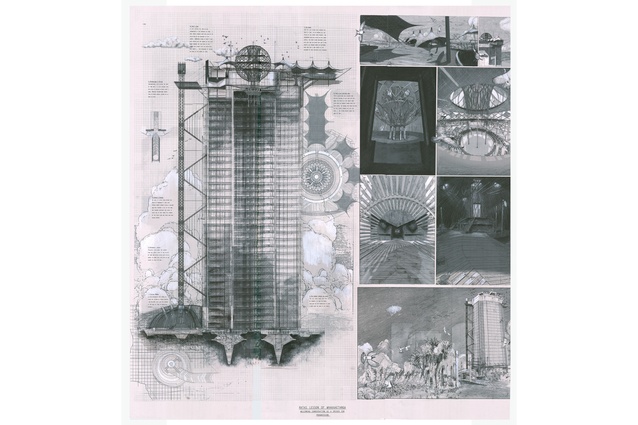2018 Visionary Architecture Awards
The Auckland Architecture Association celebrated boundary-pushing projects last week at its annual Visionary Architecture Awards. The Awards saw over 100 entries in four categories: Undergraduate Student, Postgraduate Student, Open Conceptual and Work in Progress.
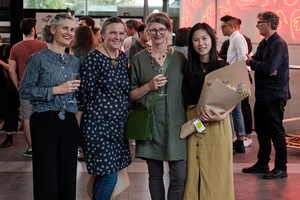
This year’s judging panel was made up of AUT’s Dr Fleur Palmer, the University of Auckland’s Dr Kathy Waghorn, Jeanette Budgett of Unitec and Kim Huynh of PAC Studio. Due to the strength of submissions, the jury said they found it particularly difficult to narrow down the projects in each category.
Jeremy Priest won the Postgraduate category and the Supreme award with his project Three. The jury said, “Three proposes an architecture that uniquely addresses the housing crisis in suburban Auckland by designing a network of 30m2 infill dwellings. It seeks to abandon backyard fences by occupying the unused space at the boundary line. It is a truly compelling project that reacts to the wider context of our society whilst creating a bespoke individualised architecture that could be realised.”
In the Undergraduate category, the judges noted that they “especially enjoyed the visionary qualities and the experimental visual language evident in these submissions.” The winning project was Rata’s Lesson of Whakaaetanga by Finn Forstner and it is described as “an exquisitely drawn, joyous transformation of a stolid, intractable, modernist tower in Albert St currently inhabited by the Auckland Council.
“An architectural epiphyte, this mobile, dynamic tensile, lightweight, temporary architecture, animates the existing structure through an outsider, carnival, fair-ground, temporal quality that draws on creatures who inhabit the Rata.”
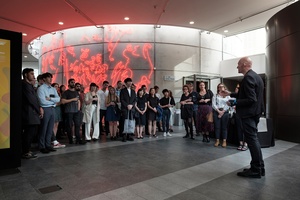
The winner of the Open Conceptual category was Isaac Sweetapple with his project, New
Zealand’s Rural Enigma. The project was described by the judges as “a challenging project that draws on extensive research on masculinity in Aotearoa New Zealand as recorded in various forms of media and cultural production. Perceptive and accurate in the pinpointing of cultural flaws, the project revels in a jokey blokey position, and knowingly ironic, it bravely holds this position across five provocative architectural propositions: for a billboard/gateway, an abattoir, a chapel to rugby (the national religion), a men’s bathhouse/clubrooms and a bolt hole for American tech capitalist Peter Thiel.”
In the Work in Progress category, a team from Wellington made up for Sam Kebbell, Cam Wilson, Riley Adams-Winch, Callum Leslie, Andrew Charleson and Martin Bryant won with their Kapiti Watchtower project.
“The project cleverly deploys public behaviour number one – selfie photography – to do more than decorate Facebook pages. Along elevated boardwalks this performative architecture encourages tourists to gratify their selfie urges and simultaneously participate in a citizen science project. Peripheral data captured in the images records incremental environmental change, vegetation growth and shifting dunes for example,” the jury said.
Runners up and highly commended projects
Undergradute
Runner up – Beauty of Change by Jingyuan Huang, Angela Lai, Dennis Byun, Todd Min, Shuren Ma, John Woo, Harry Tse and Chris Choi
Highly Commended – Vakas of the Great Fleet by Dorien Viliamu; Journey into the Dark Horizon by Tamin Song; Revealing Horotiu by Sam Moloney.
Postgraduate
Runner up – Mapping the Feke by Icao Tiseli; Newton Central Kindergarten by Henry Fraser
Highly Commended – Machine of Agonistic Engagement by Jin Woo Kuk; Endangered Architecture: The Resuscitation of the Last Li Village by Jintao Yang.
Open Conceptual
Runner up – The Lost Carpark by Yan Li
Highly Commended – Scholastic Dynamism by Abdallah Alayan; Victims of the Korean War by Tamin Song; No Happy Ending This Time by Jessica O’Reilly and Max Irving-Lamb.
Work in Progress
Runner up – Tall Hut by Craig Moller and Areez Katki.

